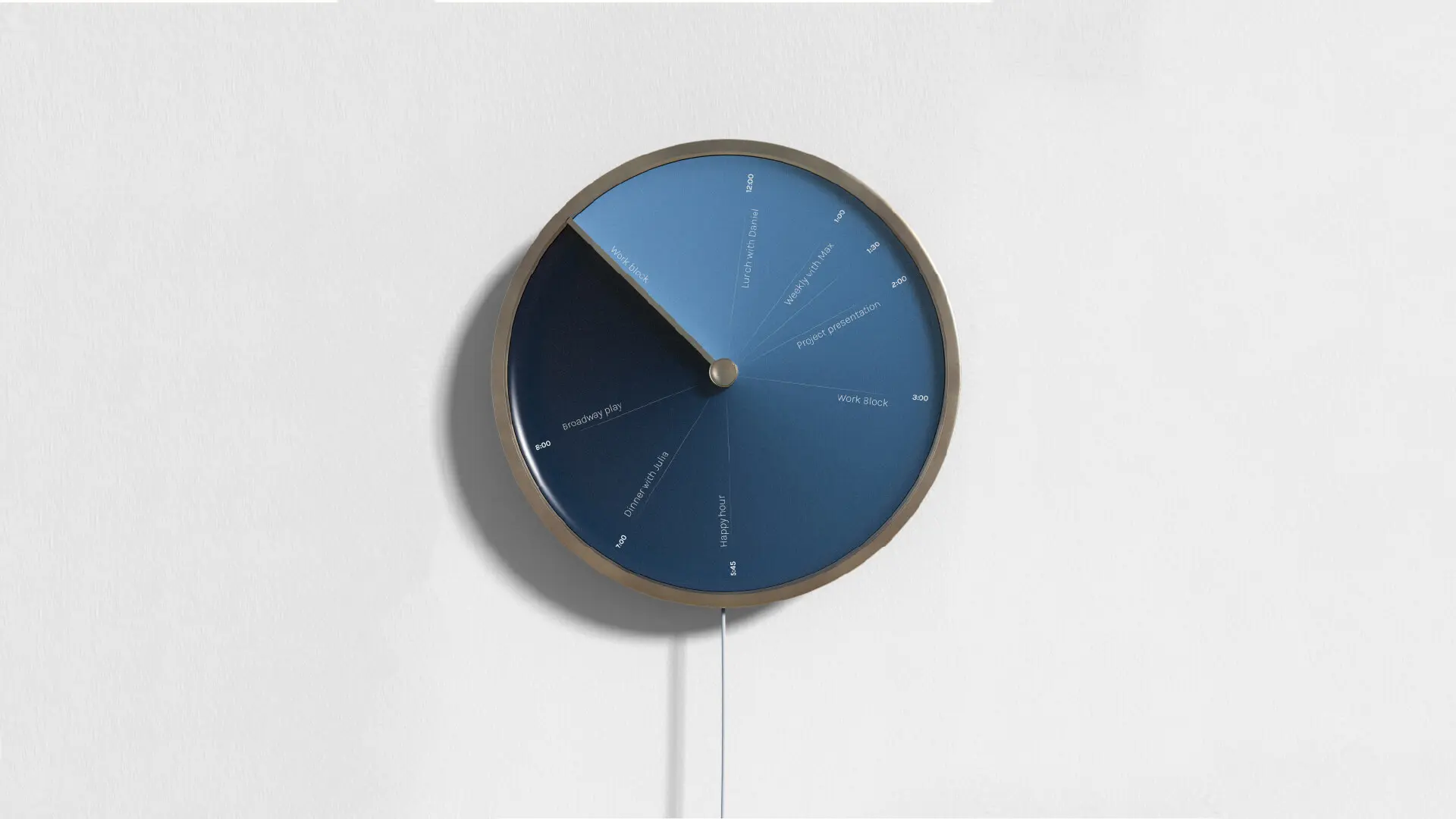In Milan, V12 Design is getting ready to service clients in the Space Economy
Players who want to succeed in this trillion dollar ecosystem will need specialised services, which Milan-based studio V12 Design is gearing up to provide.
What is the Space Economy?
In short, it refers to the industries involved in the full range of activities and resources that create value and benefits to human beings in the course of exploring, researching, understanding, managing, and utilising space.
This could mean rocket and satellite manufacturers, climate change researchers, data and finance experts, or defence, but it can also mean game designers who deal in the software used to train astronauts, the fashion experts who might consult on the spacesuits they wear or the interior designers helping help to make spaceships and space shuttles beautiful, functional, and safe.

As advances in technology are putting space travel back on the agenda, the importance of designers and their role is becoming more apparent.
That’s where V12 Design Space comes in, the division of Milan-based studio V12 Design which works to support people within these industries. It offers the same expertise when it comes to experience design, graphic design and branding, but now applied to those businesses involved in the Space Economy.
It might be a start-up that needs help understanding from which “terrestrial” sector getting a certain inspiration or technology from, or a travel company that needs support designing the experience onboard its commercial flights into space.
From interface design to 3D visualisation, the range of services is extensive and builds on what the company has learnt since it was founded back in 2005.
It’s the brainchild of V12 Design founder Valerio Cometti, a trained Mechanical Engineer, whose innovative approach can be credited to his deep understanding of manufacturing and new technologies.

Over the years, Cometti and his team have built strong collaborations with leading companies spanning consumer electronics, automotive, lighting, fashion and furniture, all of which hold value when it comes to design in the Space Economy.
Bridging the gap between space exploration and design
To better spread its wings, the company has formed the Design Alliance for Space (DAFS), a consulting initiative born from the collaboration between V12 Design Space and Italian innovation platform Infinite Area.
It centers around two concepts, Human Factors (HF) and User Centered Design (UCD), which are the pillars of modern design both in the sky and in space.

“At their core, these disciplines take into account the deep complexity of human beings, which goes way past biometry and ergonomics to also include psychology, physiology, emotional status and so on,” says V12 Design Space.
“They propose an elegant design approach that can be used with great benefit also here on the ground, but is paramount in a space environment, which can be stressful at times.”
V12 Design Space spoke recently about its work surrounding these two concepts at the 72nd edition of the International Astronautical Congress (IAC) 2021, the most important international event in the space sector.
Organised annually by the International Astronautical Federation (IAF), it gave the company an opportunity to share their thoughts on the relevance of current design methods and the future of humans in space.

On the occasion, a DAFS’ representative held a speech regarding the correlation among video game design, automotive design and space missions, and published a paper co-authored by:
- Anilkumar Dave, Senior Partner at Infinite Area and former Head of Technology Transfer at the Italian Space Agency (aka ASI – Agenzia Spaziale Italiana)
- Valerio Cometti and Marco Generali, founders of V12 Design and V12 Design Space
- and Davide Bonati, Global Director Hobby at Asmodee Group, a global publisher of boardgame and digital games
titled “The human factors of your car and your video game are designing new space missions”. Their work stressed the symbiotic relationship between space and design.
Essentially, the mission here is to bridge the gap between space exploration and design, a connection which it underlines in the paper. In particular, it focuses on the example of human spaceflight and the value developments in autonomous driving and gaming might have on future space missions.

After all, space travel has given us a wealth of knowledge which has, in turn, helped us create inventions and technologies that have made human life easier and helped us learn more and explore further into the universe.
Cometti offered some deeper insights into this during his TED talk titled “It is with design that we will conquer space” where he presented the impact space had on innovation (watch the full video – for Italian speakers). Camera phones, LED lights, GPS navigation, infrared thermometers, water purifiers—these are all inventions that wouldn’t exist without space.
Technology transfer with empathy
Space tourism is making headlines lately, from Richard Branson’s Virgin Galactic to Jeff Bezos’s Blue Origin. It’s a concept charged by investors that want to bring ordinary citizens who are looking for new experiences into orbit.
But whereas in the past the engineering aspects guaranteed the success of many missions, today’s scenario requires going beyond the scientific side to satisfy the needs of the general public looking for new experiences.

For V12, this means focusing on the ‘Human Factor’ and ensuring mental balance for people facing such an impactful experience. Its design thinking is based on an empathetic and holistic approach that puts human and technological factors at the center of innovation to achieve unique experiences without losing sight of mission objectives.

It’s with the previously mentioned technology transfer that V12 Design Space intends to address services necessary in the future of space design, and as Generali points out, there’s clearly a market for it:
“Even with the hardships a global pandemic brought with it in 2020, in Europe the growth of investments in space-themed start-ups was exponential,” says Marco Generali. “With the input of 502 million euros (compared to 188 million in 2019), of which 325 million in just 5 companies: Kinéis, Isar Aerospace, Iceye, Mynaric and Reaction Engines.”

“Taking a further zoom and looking at the world context, in 2019, according to the Bryce Start-up Space Report, investments of 7 billion dollars were recorded, with an increase of 62% compared to the previous year. Meanwhile, investments into Space Economy startups reached 13.9 billion in 2021 compared to 4,8 billion in 2020, the numbers make us understand that positive growth has begun and is destined to become exponential.”
What area and sectors are these fledgling companies operating in? According to Generali, a large portion includes those working in artificial intelligence for the automation of space missions, the management of services for putting microsatellites into orbit, and IoT services provided in orbit for sectors including agriculture and the environment.

“They also include specific launch systems for satellite constellations, supply of satellite images, hyper-sonic engines and broadband internet,” he adds.
This breadth of applications and projects gives a clear indication of the size of the market and the opportunity it presents to teams of researchers and entrepreneurs who wish to try their hand at and benefit from the growth rates of the Space Economy.
“Space today is similar to the internet in 1990-1995. It took more than twenty years and a pandemic for e-commerce and information to travel pervasively in all phones, in all the hands of the vast majority of the inhabitants of the planet,” says Valerio Cometti, founder of V12 Design Space.
“The far-sighted designer must move with curiosity today, to learn and acquire the skills that will be of ordinary need in the next decade.”
“The opportunities for designers are certainly more in the long term, but in certain areas related to the visualization of data obtained from satellites, for example, there can also be real immediate project effects.”
“We are working on collaborations with the main players in the sector of which, unfortunately, we cannot reveal much for now, as well as awareness-raising initiatives in “non-space” companies that can seize opportunities for innovation by riding the space economy sector.”






